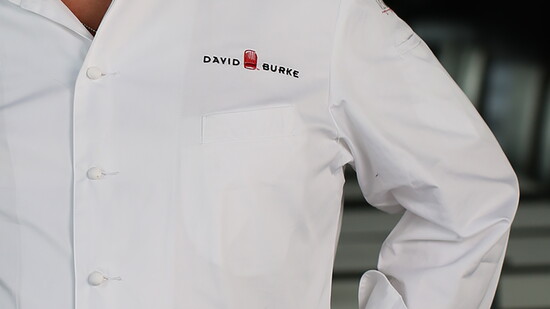When it comes to a pasta topping, Bolognese is high on my list. I’m not alone. The sauce has become such a staple on the American dining landscape that it appears on many non-Italian menus, including mine. Red Horse by David Burke in Bernardsville and Rumson offers rigatoni Bolognese. I use rigatoni because its ridges capture the sauce and its tubular shape coats inside and out.
Considered a ragù—a hearty, slow-cooked, meat-centric sauce—Bolognese traces to late-18th-century Bologna, one of Italy’s great culinary capitals. It traditionally starts with a mirepoix (finely diced, sautéed onions, carrots and celery), ground beef or pork (or both), red or white wine, tomatoes, and a little milk or cream. Simmered at least 90 minutes, the result is a thick, richly textured, deeply savory sauce that emphasizes meat flavors and is subtler than tomato-forward sauces.
Embraced globally as comfort food for its balance of simplicity and sophistication, Bolognese welcomes variations. Chorizo or merguez Bolognese are naturals; the latter often runs as a special at Orchard Park by David Burke in East Brunswick.
There’s even octopus Bolognese, which swaps in the mollusk and adds it at the end to keep it tender. One school of thought uses white wine here; I say stick with red.
For a vegetarian or vegan rendition, I’m partial to cauliflower Bolognese, with cauliflower and lentils standing in for meat. Some recipes cook the cauliflower with the sauce; I parboil it in water with a splash of wine and reserve that liquid to cook the pasta for extra flavor.
Master the traditional version below, then have fun experimenting.
Ingredients
-
1 tablespoon extra-virgin olive oil
-
1 pound ground beef
-
1 pound Italian sausage, casings removed
-
3/4 cup diced celery
-
3/4 cup diced carrots
-
3/4 cup diced yellow onion
-
4 garlic cloves, minced
-
2 tablespoons tomato paste
-
1/2 teaspoon sweet paprika
-
1/2 teaspoon dried oregano
-
1/2 teaspoon salt
-
1/4 teaspoon black pepper
-
1 cup red wine
-
One 28-ounce can crushed tomatoes
-
3/4 cup heavy cream or milk
Instructions
-
Heat oil in a large pot or Dutch oven over medium to medium-high. Add beef and sausage; cook until browned. Transfer to a bowl.
-
Add celery, carrots and onion; cook until softened, about 5 minutes.
-
Stir in garlic, tomato paste, paprika, oregano, salt and pepper; cook 60 seconds, stirring constantly.
-
Add wine; scrape up browned bits. Simmer until slightly reduced, about 3 minutes.
-
Return meat to the pot; stir in tomatoes. Bring to a simmer, then add cream.
-
Simmer uncovered 90 minutes, stirring occasionally. If too thick, add a splash of beef stock or water.
-
Serve over al dente pasta of choice. Garnish with grated Parmesan, torn mozzarella or dollops of burrata (ricotta works, too) and fresh parsley or basil.
Note: Al dente pasta offers better texture and a lower glycemic impact than fully cooked pasta.
About Chef David Burke
New Jersey–born chef and restaurateur David Burke has spent decades championing playful, precision-driven American cooking. Known for elevating comfort classics with technique and showmanship, he brings the same rigor to a Sunday roast as to a tasting menu. Burke’s restaurants span New Jersey and beyond, and he remains a visible mentor in local kitchens and culinary classrooms.
